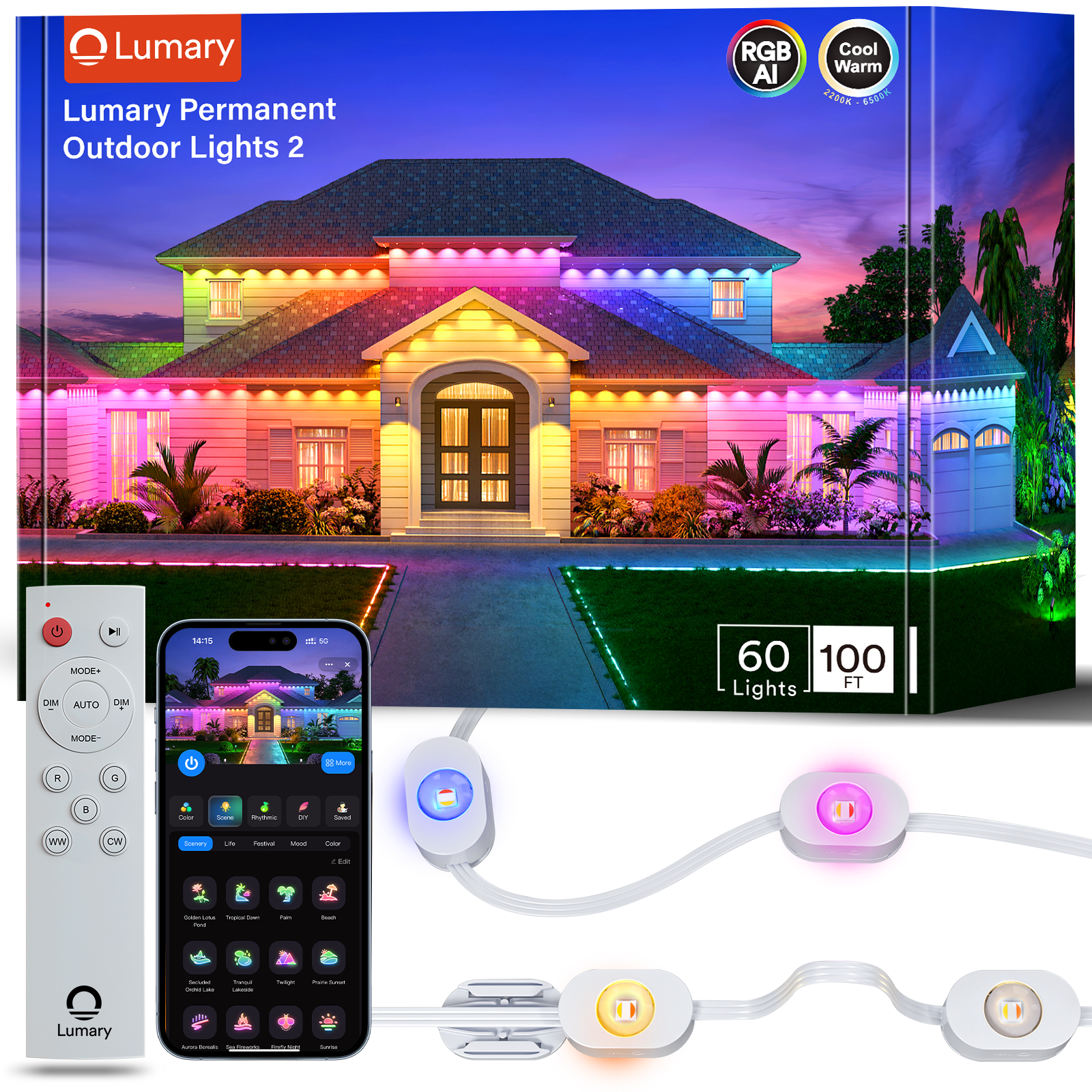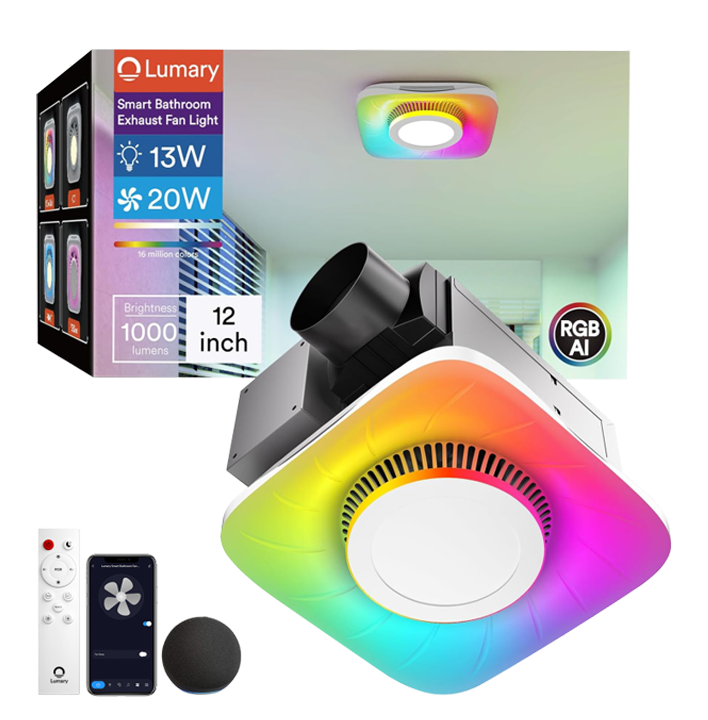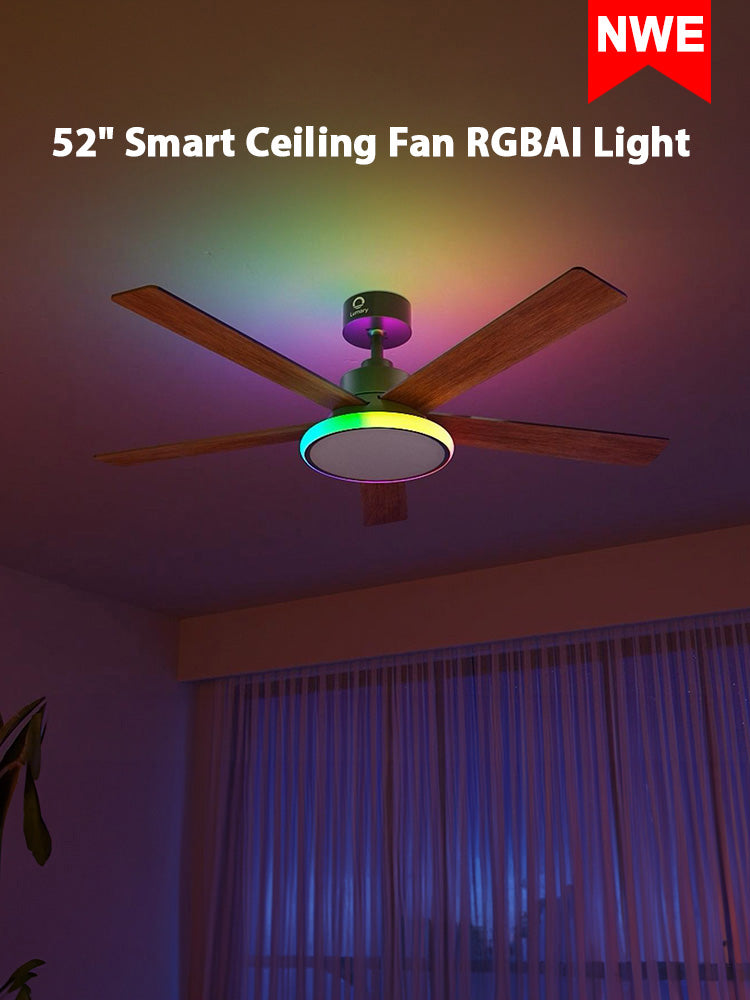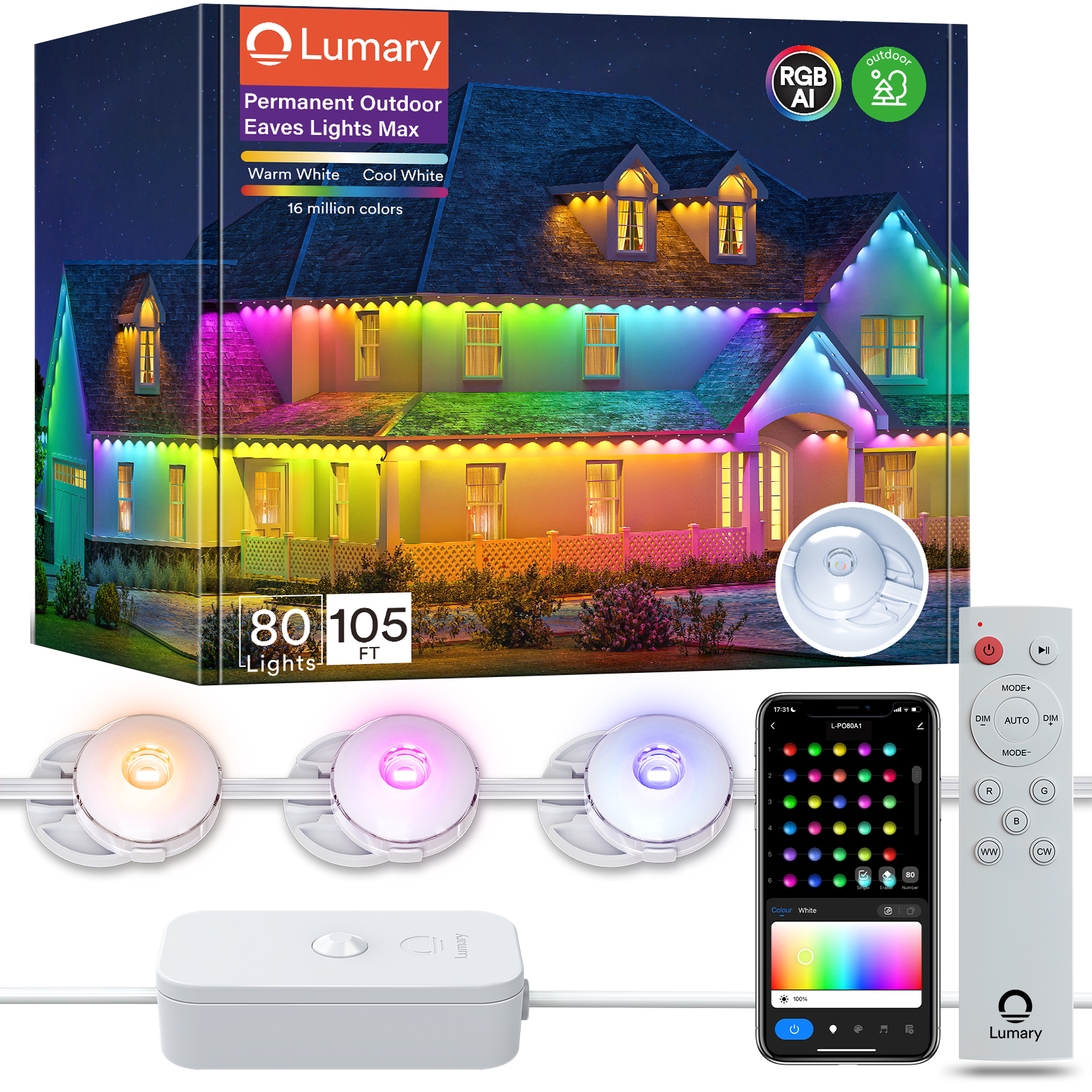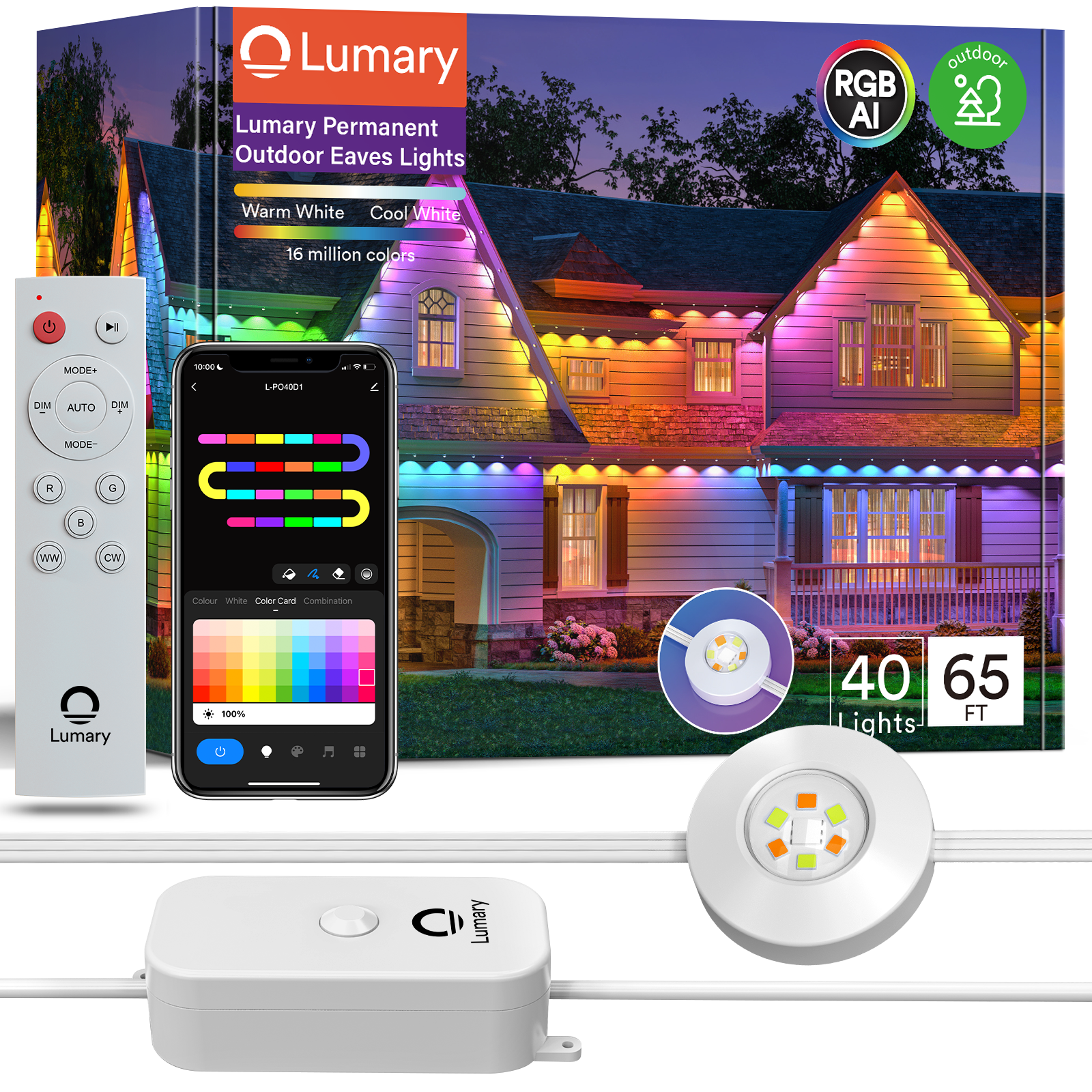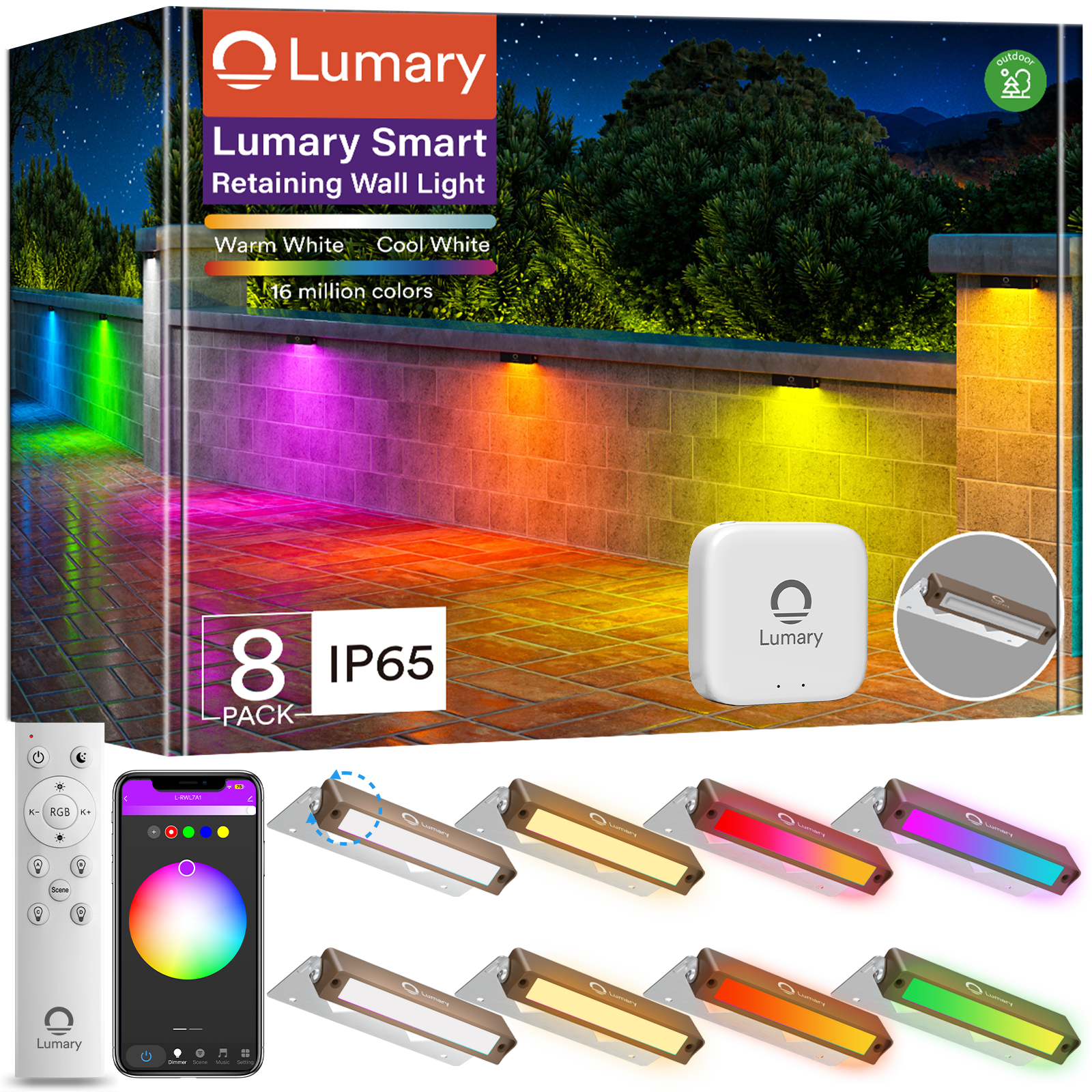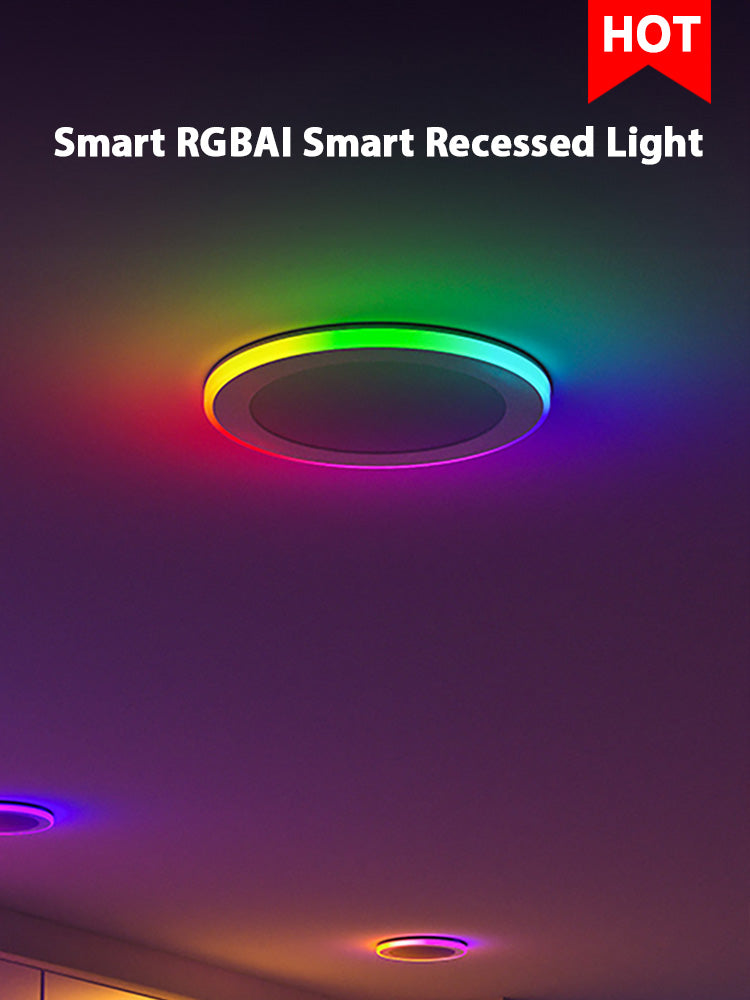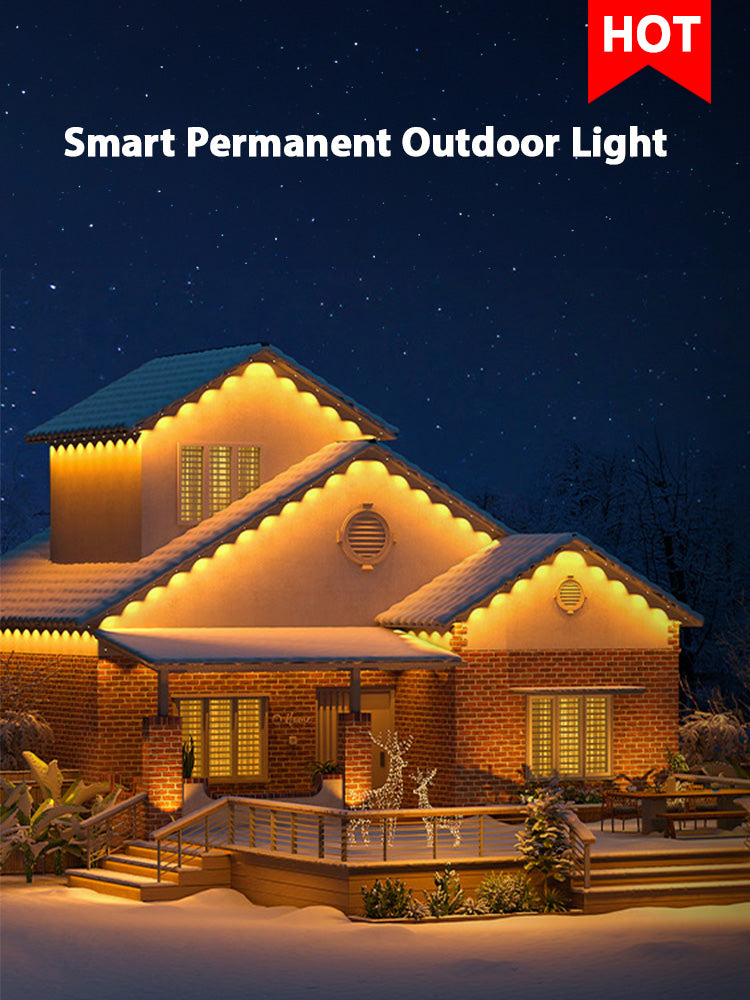Upgrading your home lighting with recessed can LED lights offers numerous benefits. These lights consume less energy and last longer than traditional options, leading to lower energy bills and reduced maintenance costs. LED technology provides a more sustainable and cost-efficient solution for modern homes. Transforming your home with recessed can LED lighting enhances both aesthetics and functionality. The shift to LED lighting significantly reduces the carbon footprint, making it an environmentally friendly choice. Embrace this upgrade to enjoy a brighter, more efficient living space.
Understanding Recessed Can LED Lighting

What is Recessed Can LED Lighting?
Definition and Features
Recessed can LED lighting involves installing lights directly into the ceiling. These lights sit flush with the surface, providing a sleek and modern look. The design eliminates visible fixtures, creating a clean and unobtrusive appearance. LED technology powers these lights, offering energy efficiency and longevity. You can enjoy bright illumination without the bulk of traditional lighting fixtures.
Benefits Over Traditional Lighting
LED lighting offers several advantages over traditional options. Energy efficiency tops the list, reducing electricity bills significantly. LED bulbs last much longer, meaning fewer replacements and less maintenance. The direction and intensity of light are easily controlled, allowing for customized lighting experiences. LED lights produce less heat, making them safer and more comfortable in any room. Overall, recessed can LED lighting provides a sustainable and cost-effective solution for home improvement.
Types of Recessed Can LED Lights
Fixed vs. Adjustable
When choosing recessed can LED lights, you have two main options: fixed and adjustable. Fixed lights provide a steady beam in one direction. These lights work well for general lighting needs. Adjustable lights, on the other hand, offer flexibility. You can direct the light to highlight specific areas or features in a room. Adjustable options suit spaces where you need focused lighting.
Trim Options
Trim options add another layer of customization to your lighting setup. The trim refers to the visible part of the light fixture. Several styles and finishes are available to match your decor. Baffle trims reduce glare and soften the light. Reflector trims enhance brightness, making them ideal for task lighting. Decorative trims add a touch of style, blending seamlessly with your interior design. Choosing the right trim ensures that your recessed can LED lights complement your space perfectly.
Planning Your Lighting Upgrade
Assessing Your Space
Room Size and Layout
Start by taking a good look at the room you want to upgrade. Measure the size of the room. A larger room needs more lights for even coverage. Think about the layout too. Does the room have any unique features or obstacles? Consider those when planning the lighting.
Desired Ambiance
Decide on the mood you want to create. Do you want a cozy and warm atmosphere? Or maybe a bright and lively space? The ambiance you choose will guide your lighting choices. Different rooms might need different vibes. A living room might need soft lighting, while a kitchen benefits from brighter lights.
Designing Your Lighting Plan
Placement and Spacing
Now, think about where to place the lights. Even spacing is key. A good rule of thumb is to keep lights 4 to 5 feet apart. This ensures the light spreads evenly across the room. Avoid placing lights too close to walls or corners. This can cause shadows and uneven lighting.
Calculating Lumens
Lumens measure the brightness of a light. More lumens mean a brighter light. Calculate how many lumens you need based on the room's purpose. A kitchen might need 5,000 lumens, while a bedroom could do with 2,500 lumens. Check the packaging of LED lights for lumen information. Choose lights that match your needs.
Tools and Materials Needed

Essential Tools
Drills and Saws
You'll need a reliable drill for installing recessed can LED lights. A saw helps create precise openings in the ceiling. Make sure to have both tools ready before starting your project. These tools ensure a smooth installation process.
Measuring Tools
Accurate measurements are crucial. Use a tape measure or laser level to mark the exact spots for your lights. Proper measurements prevent mistakes and ensure even spacing. Keep these tools handy for quick adjustments.
Required Materials
LED Kits
Choose the right LED kits for your space. Look for kits that include everything needed for installation. This often includes the light fixtures, mounting hardware, and instructions. Check the lumens and color temperature to match your lighting plan.
Wiring and Connectors
Secure wiring and connectors are essential for safety. You'll need wire cutters and strippers to prepare the wires. A voltage tester ensures everything is working correctly. Make sure all connections are tight and secure to avoid any issues later.
Step-by-Step Installation Guide
Preparing the Area
Safety Precautions
Safety comes first when installing recessed can LED lights. Turn off the power at the circuit breaker to avoid electrical hazards. Use a voltage tester to ensure no current flows through the wires. Wear safety goggles and gloves to protect yourself during the installation process. Keep a fire extinguisher nearby for added safety.
Marking the Ceiling
Accurate marking ensures a smooth installation. Use a measuring tape to determine the exact placement for each light. Mark the spots with a pencil where you plan to cut. Ensure even spacing between each recessed can LED light to achieve uniform illumination. Double-check measurements to prevent errors.
Installing the Recessed Can LED Lights
Cutting the Holes
Cutting precise holes is crucial for a clean look. Use a hole saw attached to a drill for accurate cuts. Follow the marked spots on the ceiling. Hold the drill steady to avoid jagged edges. Clean up any debris after cutting to keep the work area tidy.
Wiring the Lights
Proper wiring ensures functionality. Connect the wires from the recessed can LED lights to the existing electrical system. Use wire connectors to secure the connections. Follow the manufacturer's instructions for wiring specifics. Test the connections with a voltage tester before proceeding.
Finalizing the Installation
Securing the Fixtures
Secure the fixtures firmly in place. Insert the recessed can LED lights into the cut holes. Use the provided clips or brackets to hold them securely. Ensure the fixtures sit flush with the ceiling for a seamless appearance. Check each light to confirm stability.
Testing the Lights
Testing confirms successful installation. Turn the power back on at the circuit breaker. Switch on the recessed can LED lights to check for proper operation. Look for any flickering or uneven lighting. Adjust the fixtures if needed to achieve the desired effect.
Cost, Safety, and Permits
Estimating Costs
Budgeting for Materials
Upgrading to recessed can LED lighting involves some costs. You need to budget for materials like LED kits, wiring, and connectors. High-end LED lights may cost more than traditional options. However, these lights offer energy efficiency and longevity. The initial investment pays off over time with reduced energy bills.
Potential Labor Costs
Consider labor costs if you plan to hire a professional. Installation requires expertise, especially for complex setups. Labor costs vary based on the project's complexity and location. You might save money by doing the installation yourself. Ensure you have the necessary skills and tools before starting.
Safety Considerations
Electrical Safety
Electrical safety is crucial when installing recessed can LED lights. Turn off the power at the circuit breaker before starting. Use a voltage tester to confirm no current flows through the wires. Secure all connections with wire connectors. Properly insulated wires prevent electrical hazards.
Structural Integrity
Check the ceiling's structural integrity before installation. Ensure the ceiling can support the weight of the fixtures. Avoid cutting into beams or other structural elements. Use a stud finder to locate safe areas for installation. A stable ceiling ensures the lights stay securely in place.
Understanding Permits
When Permits are Required
Permits may be required for certain installations. Check local building codes to determine if permits are necessary. Permits ensure compliance with safety and construction standards. Complex installations often require permits. Simple upgrades might not need them.
How to Obtain Permits
Obtaining permits involves a few steps. Contact your local building department for information. Fill out the necessary forms and pay any fees. Schedule an inspection if required. Follow all guidelines to ensure a smooth process. Proper permits provide peace of mind and legal compliance.
FAQs and Professional Help
Common Questions
Troubleshooting Issues
Encountering issues with recessed can LED lights? Check the connections first. Loose wires often cause flickering or outages. Ensure all connections are tight. A voltage tester helps confirm power flow. If lights still malfunction, inspect the bulbs. Sometimes a simple bulb replacement solves the problem.
Maintenance Tips
Keep your LED lights in top shape with regular maintenance. Dust the fixtures to maintain brightness. Use a soft cloth for cleaning. Avoid harsh chemicals that might damage the surface. Check the wiring periodically. Secure connections prevent future issues. Regular maintenance extends the lifespan of your lights.
When to Call a Professional
Complex Installations
Some installations require expert help. Complex layouts or high ceilings pose challenges. Professionals handle these with ease. Hiring an expert ensures safety and precision. Consider professional help for intricate designs.
Electrical Concerns
Electrical work involves risks. Incorrect wiring leads to hazards. Professionals have the skills to manage electrical concerns. Hiring an electrician guarantees compliance with safety standards. Peace of mind comes from knowing the job is done right.
Rod Pincumbe shared, “LED Light Technology converted our store to LED light tubes which made an amazing difference... This conversion will save us a tremendous amount of time, labor, and electrical energy.”
Upgrading to LED lighting offers significant benefits. Enjoy brighter spaces and lower energy bills. Embrace the change for a more efficient home.
Upgrading to recessed can LED lighting transforms your home into a brighter, more efficient space. These lights save energy and reduce maintenance costs. The long lifespan of LEDs means fewer replacements. Many homeowners report dramatic reductions in lighting expenses. Some even see returns on investment over 1,000%. You can achieve similar results. Start your project with confidence. Recessed can LED lighting offers both style and savings. Enjoy the benefits of modern lighting technology in your home.

